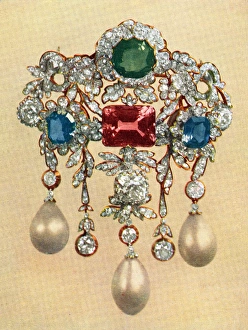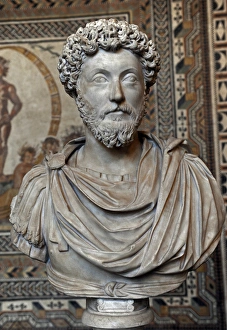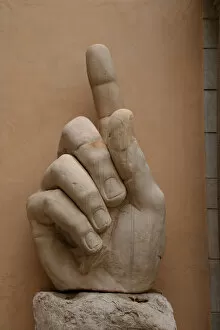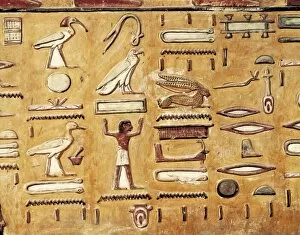Dyansty Collection
"Dynasty: A Glimpse into the Legacy of Great Rulers and Empires" Step inside the Mausoleum of Saladin (1138-1193), where history whispers tales of power and grandeur
All Professionally Made to Order for Quick Shipping
"Dynasty: A Glimpse into the Legacy of Great Rulers and Empires" Step inside the Mausoleum of Saladin (1138-1193), where history whispers tales of power and grandeur. The first thing that catches your eye is a marble coffin, once holding the remains of a formidable leader whose legacy still echoes through time. As you continue your journey, you stumble upon the brooch of the Romanoffs, a symbol of opulence and authority. It serves as a reminder of their reign over Russia, leaving an indelible mark on its history. A magnificent bust stands tall in honor of Marcus Aurelius (121-180), a revered Roman Emperor known for his wisdom and stoicism. His presence exudes strength and resilience even centuries after his rule. The Donati, an artifact tied to Constantine I the Great (285-337), tells stories of battles fought and victories won. This relic represents not only his military prowess but also his vision that shaped Christianity's future. Sigeric, Visigoth king for seven days in 415, may have had a short-lived reign but left an enduring impact on our understanding of ancient civilizations. His name resonates with mystery as we try to unravel the secrets behind those fleeting days he held power. Approaching another part of this historical tapestry lies the Mausoleum entrance built by Saladin himself in 1196. Its intricate design speaks volumes about Saladin's architectural genius while honoring his memory as one who united Muslim forces against Crusaders. The hand clenched firmly belongs to none other than Constantine I, The Great (272-337). A symbol representing leadership forged through determination and strategic brilliance - traits that propelled him towards greatness during his long tenure as Roman Emperor from 309 to 337 AD. Constantine I's name resurfaces repeatedly throughout this narrative because it was under his rule that the Roman Empire experienced a significant transformation.






